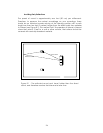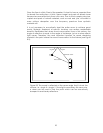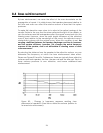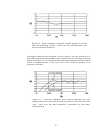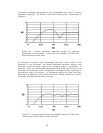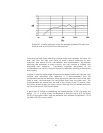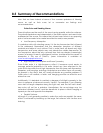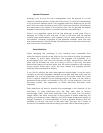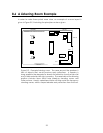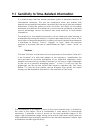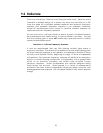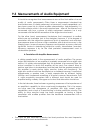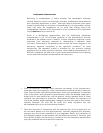
30
8.5 Summary of Recommendations
Now that we have looked at some of the common problems of listening
rooms, as well as their cures, let us summarize our findings and
recommendations.
Flutter Echo and Standing Waves
These situations are the result of the room having parallel, reflective surfaces.
The potential problems are independent of the audio system, and need to be
addressed at the source. This means that at least one surface in an opposing
pair of surfaces needs to be made less reflective and/or non-parallel.
Low Frequency Absorption
If a problem exists with standing waves, it is the low frequencies that will need
to be addressed. Remember that the absorption spectrum of different
materials and objects is not uniform. That is, some items will absorb only high
frequencies, and some objects may only absorb the middle frequencies. At
low frequencies, about the only common item that can absorb a meaningful
amount of energy is heavily upholstered furniture. Another effective means of
absorption is the use of DAAD’s, (more information is available at
www.acusticaapplicata.com )
High Frequency Absorption and Room Symmetry
Since flutter echo is a high-frequency effect, it becomes much easier to
manage potential problems in this area. Almost any item attached to the
walls will be less reflective at high frequencies than the bare walls themselves.
Draperies, wall hangings, paintings, bookshelves and other items will normally
be present in the room, and will usually eliminate any possible problems. If
flutter echo is still audible, a fabric wall hanging provides an effective and
attractive cure.
Additionally, it is desirable to maintain a degree of left/right symmetry in the
room to preserve a balanced acoustic "space". For example, if your listening
room has full length draperies along the right wall, and the left wall is bare,
slap echo will not be a problem. Nonetheless, the sound-stage may be
somewhat distorted, and it could be beneficial to place a fabric hanging or
tapestry on the wall opposite the draperies.
Parallel Surfaces
Although it is not generally possible to make the walls non-parallel, the same
effect is achieved by breaking up the large, flat surfaces with furniture and
shelving.





